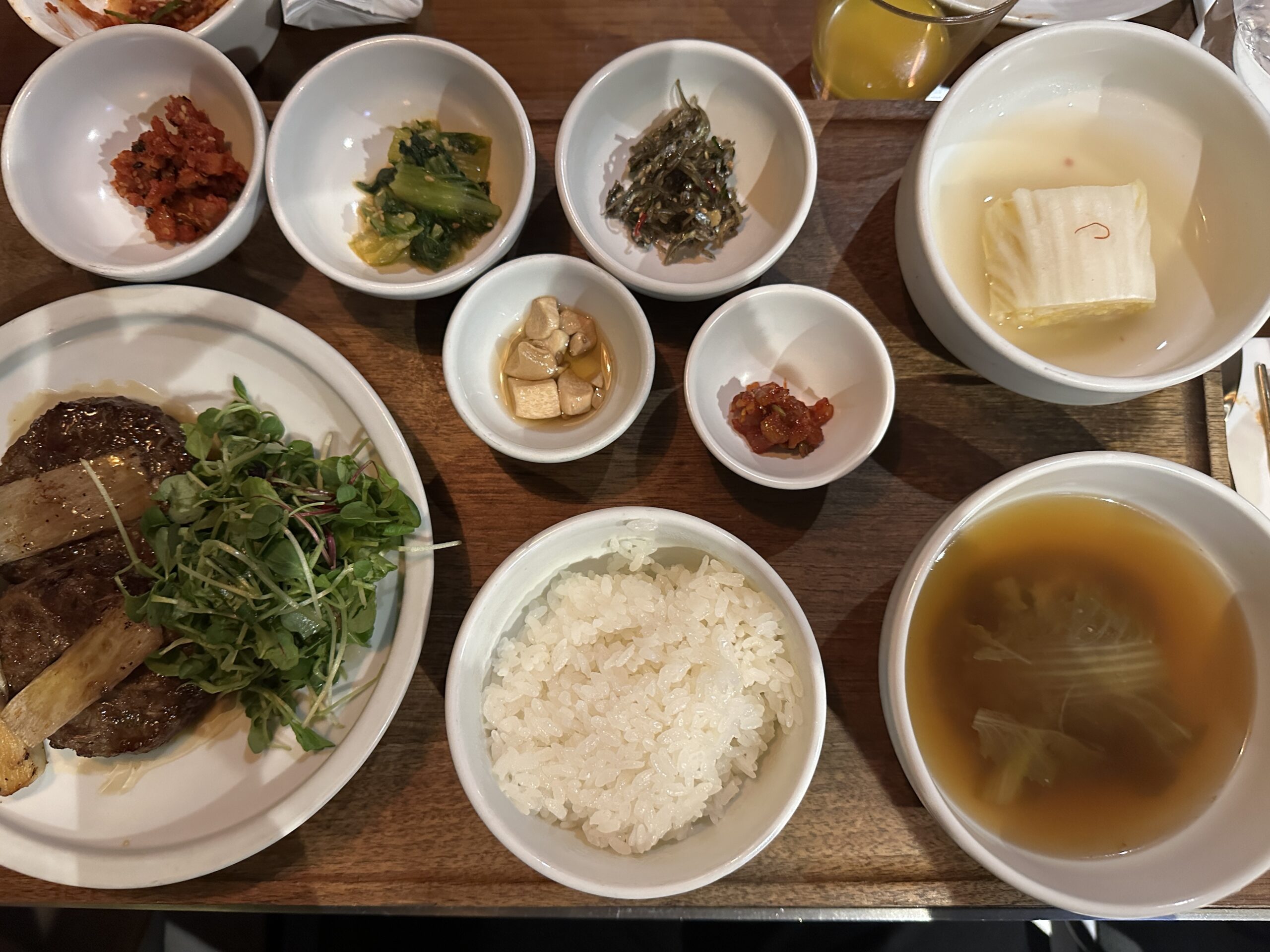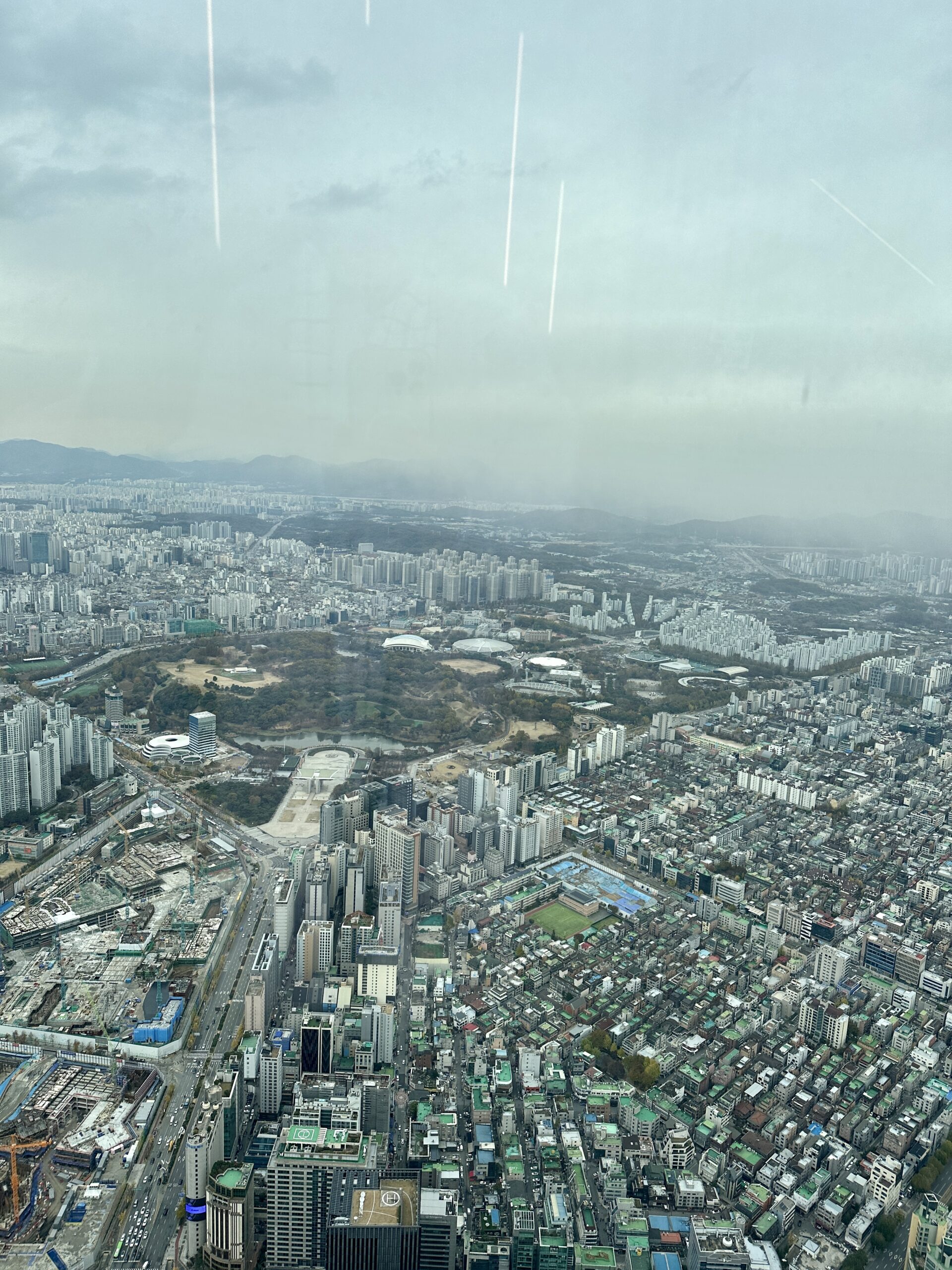In May 2023, I left the United States to study abroad for nine months; however, I wouldn’t be staying in one country. I’ve been living in Japan since August, but this November, I traveled to South Korea to further my mission in cultural exploration. Here are some initial tips and cultural insights as I left Tokyo to visit Seoul.
How to Leave Japan with a Japanese Residence Card
When preparing to leave Japan temporarily, I searched online for how to travel internationally with a Japanese residence card, but I didn’t have much luck. Hopefully, this information will be helpful to someone in the same position!
As a study abroad student in Japan, you’ll receive a residence card upon entering the country for ID purposes. This is also how you exit and re-enter the country while your student visa is active, which makes the process much easier.
When taking an international flight, you must go through immigration after security and before finding your gate. At immigration, tell the floating employee you have a residence card, and they’ll hand you a specific departure form with an attached arrival form. This form is called “disembarkment for reentrant.”
Complete the departure portion of the form and line up for the residence card holder’s immigration line. The immigration agent will take that form, passport, and residence card. They’ll then return your identification with the arrival portion of the “disembarkment for reentrant” form stapled in your passport.
When they wave you on, congratulations! You’ve exited Japan and are cleared to re-enter when you return. Just fill out the arrival portion of the form stapled in your passport before going through immigration upon your return.
What it’s like to visit Seoul, South Korea
When flying across the ocean and living in East Asia, I highly recommend making the most of every opportunity. My TEAN program offered me a guided tour through Seoul, South Korea, which I immediately accepted.

I’ll tell you a secret… I may be living in Japan, but my favorite cuisine is Korean. The photo above features my first meal in South Korea, complete with a hamburger meat and mushroom patty, a variety of Korean side dishes called banchan (including white kimchi), rice, and a soup that could be described as a Korean-style miso soup.
Beyond the food, I also found the transportation—at least by foot—to be very different. In Japan, I became accustomed to hugging the left side of the road, the escalator, and the sidewalk. In Seoul, people walk on the right side of the sidewalk and pass others on the left side, just like back in the United States.
Another Korean thing that felt similar to America was people’s haste. Most people walk with a purpose. Pedestrians jaywalk, and cars honk. Back in Tokyo, even in the city’s center, it’s uncommon to see hurried people.
Finally, the roads in Seoul were HUGE compared to those in Japan. Four lanes of traffic for each way—now, that felt like home. It didn’t feel as familiar, though, to walk right next to the busy street on a large sidewalk.

When people in the U.S. think about East Asia, many assume that the countries’ cultures are nearly identical. While they may be similar, each country’s unique aspects shine when you pay attention to the details and challenge the lens through which you view the world. I hope to hone these skills myself while traveling, exploring, and living outside my home country.
Stay tuned for my next blogs, in which I’ll share my (amateur) analysis of cultures from recent trips to South Korea and Taiwan.
Allison Hale, Arizona State University, is studying abroad in Japan with TEAN.







